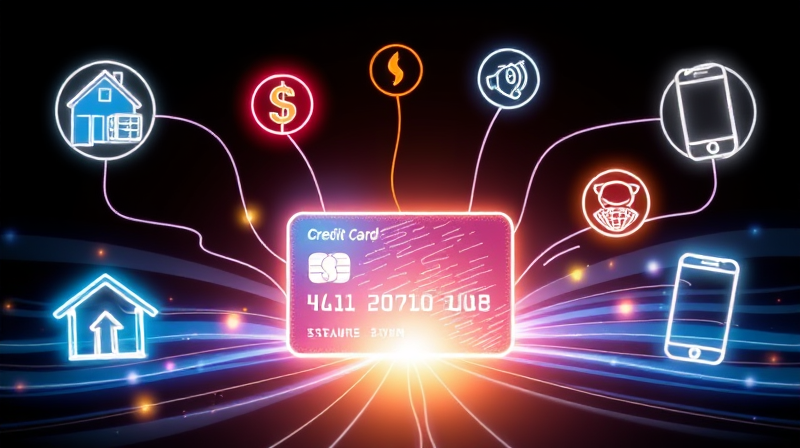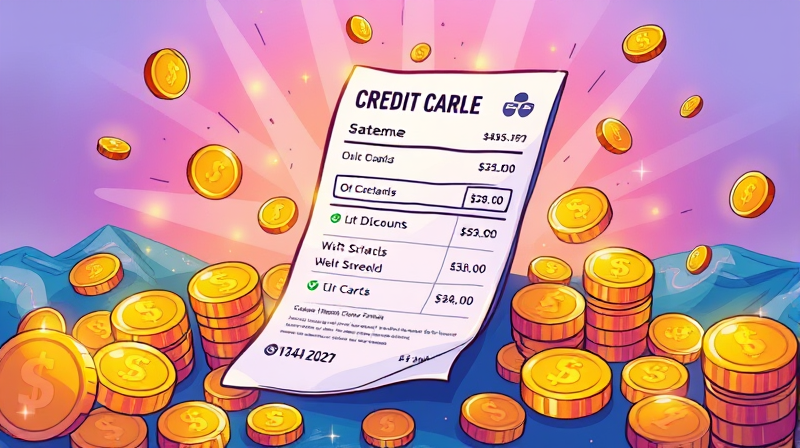
When it comes to choosing a credit card, the name on the card often speaks louder than the features it offers. Yet, a shift in focus from logos to leverage can unlock real savings and perks.
Many consumers select credit cards based on a familiar logo or a trusted bank name, assuming that brand reputation guarantees the best deal. This assumption overlooks the fact that real value lies in specific benefits and features.
While a well-known issuer might promise reliability, the actual perks—such as bonus categories, introductory offers, and ongoing credits—determine a card’s true worth. By moving beyond brand loyalty, cardholders can optimize rewards, minimize fees, and secure protections tailored to their lifestyles.
Consider the story of a traveler who stuck with a large airline-branded card only to realize that a mid-tier rewards card would have saved hundreds on annual fees and provided higher category bonuses. That regret can be avoided by focusing on features, not familiar names.
Shifting your perspective from prestige to practicality empowers you to derive maximum benefit from every swipe, turning credit cards into strategic tools.
A comprehensive evaluation starts with identifying the key benefit categories that matter most to you. Each card offers a unique combination of rewards, credits, and protections. Here are the primary types:
Rewards structures vary widely. Cards like Chase Sapphire Preferred offer 5x points on travel booked through their portal, while Citi Custom Cash adjusts to your top spend category each month. A flexible rewards schedule can add hundreds in value each year.
Introductory offers can be transformative. For instance, the Amex Platinum’s 175,000 points could cover multiple flights, while a $250 cashback bonus can fund several grocery trips. Always calculate the effective value relative to any required spend.
Ongoing credits are often underutilized until you actively seek them out. Cards may offer up to $200 in airline fee credits or monthly streaming credits, which alone can exceed the annual fee.
Protections such as trip delay reimbursement or purchase return protection provide peace of mind and can save significant sums when unexpected disruptions occur. Review each policy’s limits and exclusions carefully.
Assess fee structures with an eye toward long-term value. A high-fee card might be justified if its credits match your routine habits, but a no-fee card often suffices for those with moderate spending needs.
For large one-time purchases or balance transfers, a card with 0% APR for an extended period can eliminate interest charges and help manage cash flow effectively.
Finally, redemption flexibility determines how easy it is to convert rewards into tangible benefits. Transferable points usually yield the highest travel value, but simple cashback and statement credits offer straightforward utility.
Below is a side-by-side comparison of five popular credit cards, organized by their most compelling features rather than by issuer prestige.
These case studies reveal that top earning rates, while attractive, must align with actual spending. For a frequent diner, 3x points on dining could outweigh travel bonuses. Notice that no-fee cards still compete effectively in key categories, highlighting the importance of selecting based on use.
A truly effective credit card strategy hinges on aligning card benefits with personal habits and objectives. Follow these steps:
Leverage online comparison tools—such as those offered by top personal finance sites—to simulate your earning potential. Input your monthly expenditures to see which cards consistently outperform based on your unique profile.
Remember to revisit your choices annually. New cards and limited-time promotions can shift the landscape, making a previously suboptimal card your new best option.
Even well-intentioned shoppers can fall into traps that drain value:
Common pitfalls often stem from passive card management. Set reminders for annual fee renewals and track upcoming expirations of promotional rates to avoid unexpected charges.
Data shows that the average premium card annual fee hovers around $450, but users who fully utilize statement credits can reduce the net cost to near zero. Welcome bonuses have grown by an average of 20% year-over-year, pushing spend requirements higher but also offering more upfront value.
Cashback rates typically range from 1% on all purchases to 6% on select categories, translating to hundreds of dollars in rewards yearly for disciplined spenders. Meanwhile, reward transfer partnerships continue to expand, providing greater flexibility for travelers.
Regulatory frameworks like the Equal Credit Opportunity Act (ECOA) ensure fair access and prevent discrimination, but applicants must still meet issuer criteria for creditworthiness.
In an era where credit card issuers bombard consumers with brand-centric advertising, the savvy cardholder knows that overpaying for cards you never use is the true cost. By focusing on benefits—rewards structures, fee offsets, protections, and flexible redemptions—you ensure every dollar spent works harder.
Use comparison tools to map your expenses to card features, and commit to periodic re-evaluation of your card portfolio. As offers evolve and your spending patterns shift, the optimal card lineup today may differ in six months. Embrace a mindset that values function over fame, and unlock the full potential of your purchasing power.
Remember, your credit cards are not just pieces of plastic but financial instruments. Mastering their benefits empowers you to spend with purpose, protect yourself on the road, and turn everyday purchases into rewarding experiences.
References













